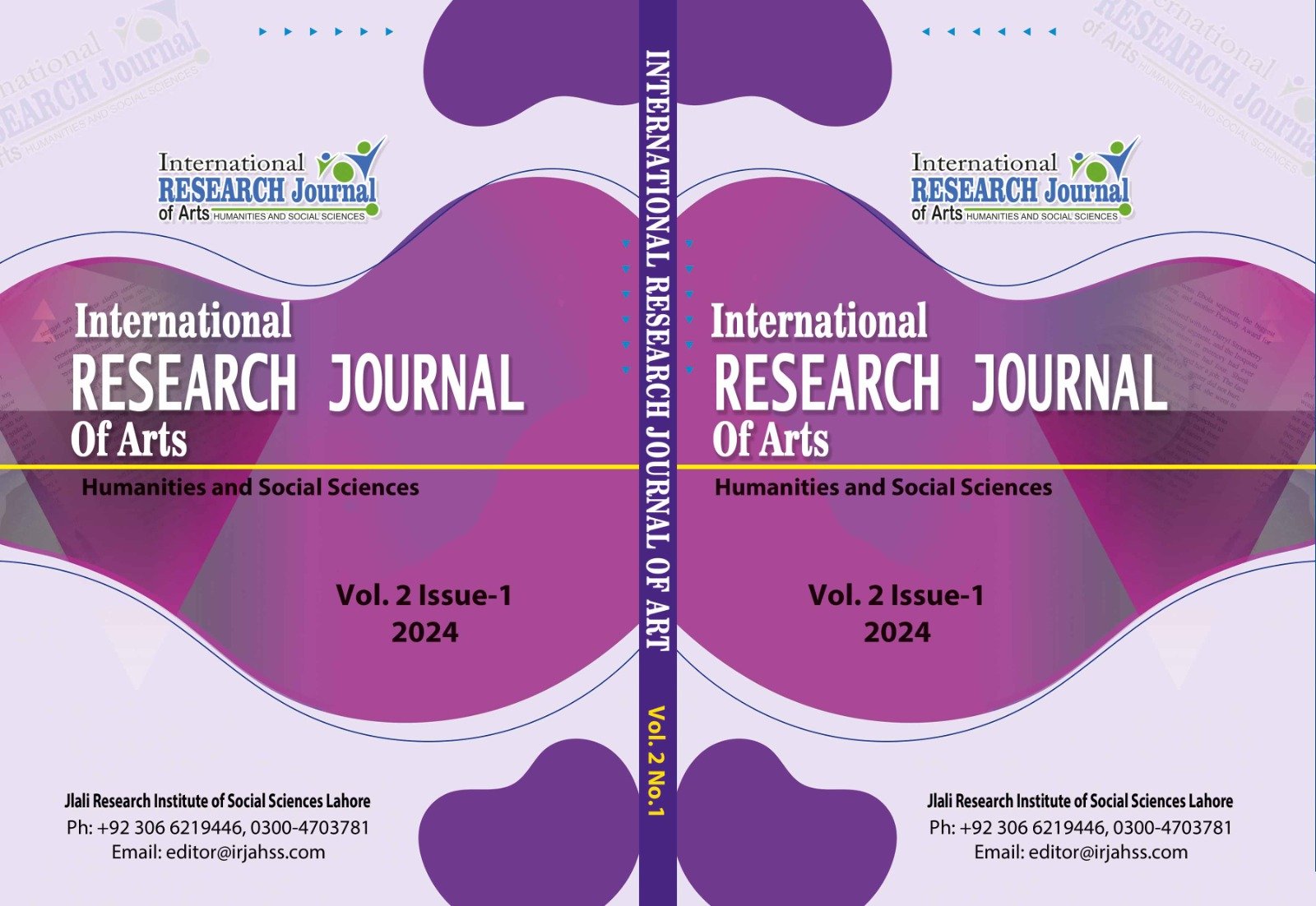Exploring the Tapestry of Sociolinguistic Diversity in Athar Tahir’s ‘Second Coming’
Abstract
This article explores sociolinguistic subtleties of Athar Tahir's novel “Second Coming” and explains how language variations and cultural nuances are interlinked to portray the identities of characters and their exposure. Kachru’s Three-Concentric Model is employed in the study for investigation of linguistic choices that express cultural values and social dynamics in Thai and Pakistani social context. In depth textual analysis of the novel was made qualitatively by taking account of minute details about sociolinguistic diversities. The interpretation of traditional customs i.e. Thai wai and gendered interactions in Pakistani culture mirrored the compelling impact of cultural practices on interpersonal relationships. Furthermore, the study highlights interplay between religious identities and personal boundaries imposed on the basis of social factors create tensions between societal expectations and individual aspirations. By analyzing language and cultural variations this research highlights the multifaceted nature of communication and its efficacy toward identity construction and a deeper comprehension of diverse human experiences depicted in the narrative.
Downloads
Downloads
Published
Issue
Section
License
Copyright (c) 2024 International Research Journal of Arts, Humanities and Social Sciences

This work is licensed under a Creative Commons Attribution 4.0 International License.
Disclaimer: The International Research Journal of Arts, Humanities and Social Sciences (IRJAHSS) upholds the principles of open access, ensuring unrestricted access to scholarly content to foster the sharing and advancement of knowledge. The opinions expressed in the articles solely belong to the authors and do not necessarily reflect the views or policies of the journal's editorial team, editorial board, advisory board or research institute.






